These 10 Beautiful Gerbera Varieties Are Uniform And ‘Reliable Performers’
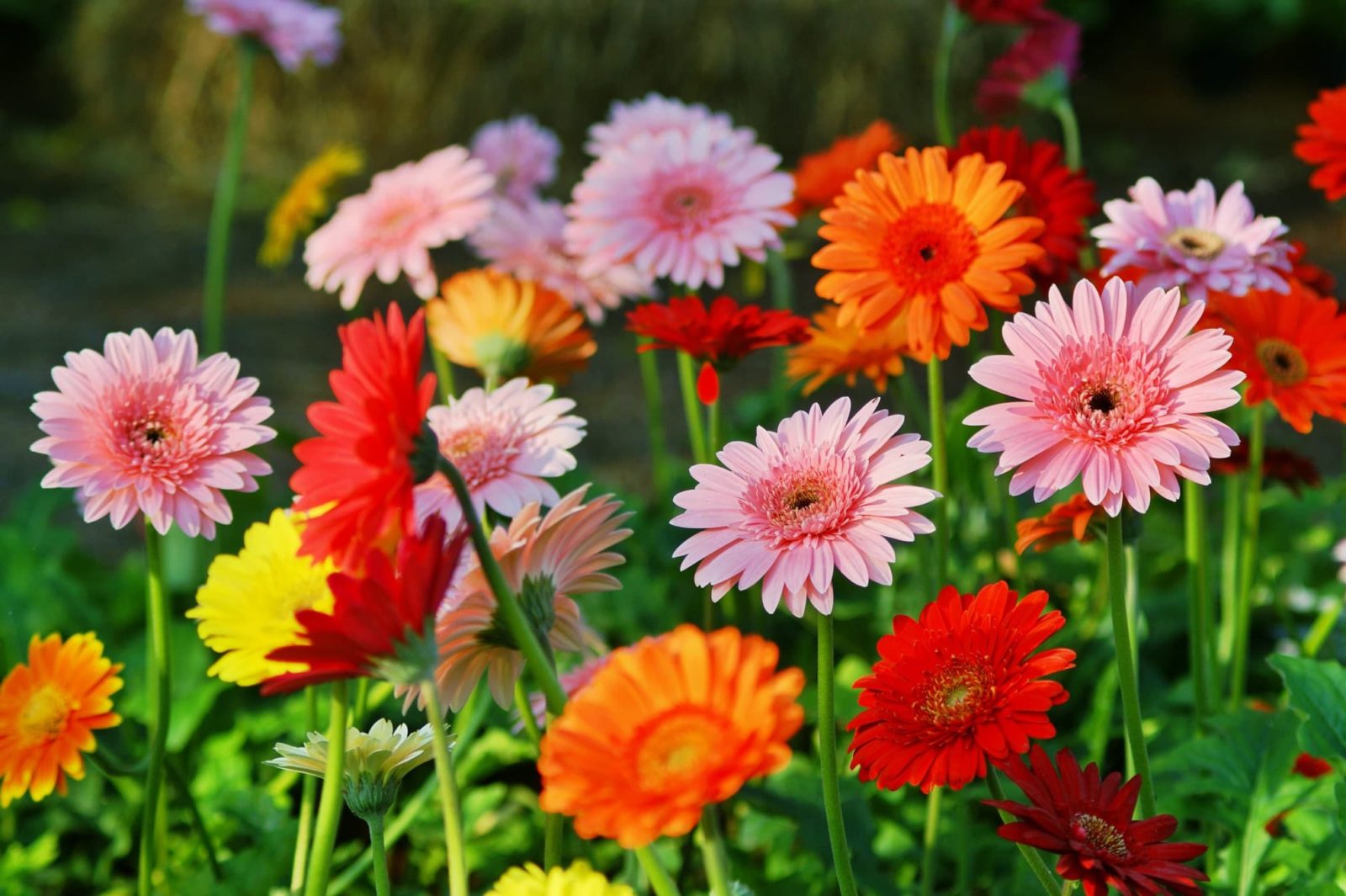
PERENNIALS > GERBERA > VARIETIES
Reviewed By COLIN SKELLY

Colin is a Horticulturist and Horticultural Consultant with experience in a range of practical and managerial roles across heritage, commercial and public horticulture. He holds the Royal Horticultural Society’s Master of Horticulture award and has a particular interest in horticultural ecology and naturalistic planting for habitat and climate resilience.
IN THIS GUIDE
GERBERA GUIDES
Brown Spots
Container Growing
Deadheading
Propagation
Varieties
Winter Care
Gerbera species number 24 accepted species, in addition to which there are numerous cultivars and many well-established series.1Gerbera. (n.d.-b). Kew Royal Botanic Gardens. Retrieved March 16, 2023, from https://powo.science.kew.org/taxon/urn:lsid:ipni.org:names:331624-2
For all practical purposes, it is the series that have ‘taken over’ in both the home gardening and florist realms of Gerbera growing.
For this reason we present several Gerbera series and identify a few recommended varieties in each.
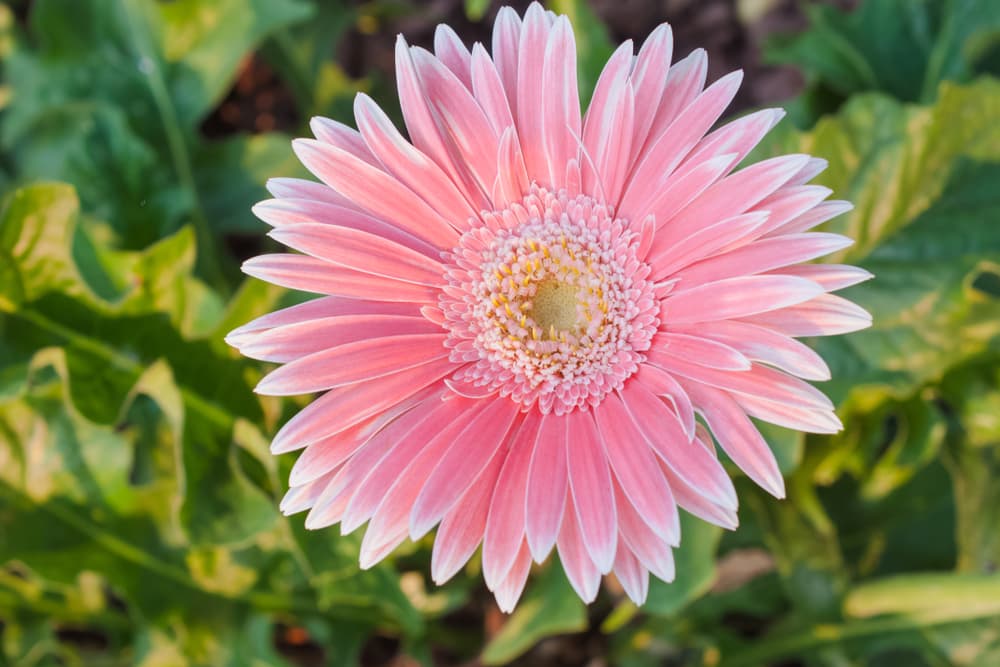
We have dispensed with redundant or repetitive words like ‘Gerbera’, ‘Jamesonii’ and ‘Series’ and simply identify each series by its name.
“If you buy a named plant from a Series, such as the Mega Revolution series of Gerbera jamesonii, then you know you are buying a plant that has been thoroughly bred for the commercial market, often for cut flowers but sometimes for garden use,” explains Colin Skelly, Horticulturalist and Consultant.
“This is usually a sign that the plants will be uniform and reliable performers.”
They are presented in alphabetical order with the exception of ‘Mega Revolution’ which follows ‘Revolution.’
1) G. ‘Everlast’
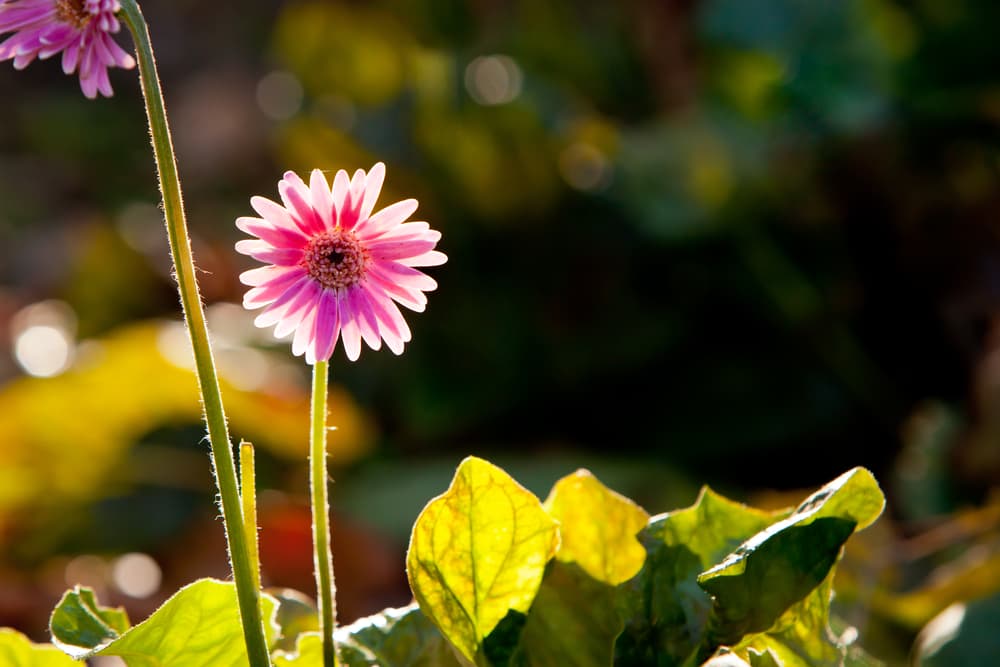
This variety features semi-compact plants that rise to about 35cm.
This series was developed for pot- and container-growing and its varieties are well suited to be treated as houseplants.
They bear single flowers that have an especially long vase life, hence the series’s name.
They also boast an especially long blooming season from early spring to late autumn.
These plants’ hardiness rating is H3.
Notable varieties are:
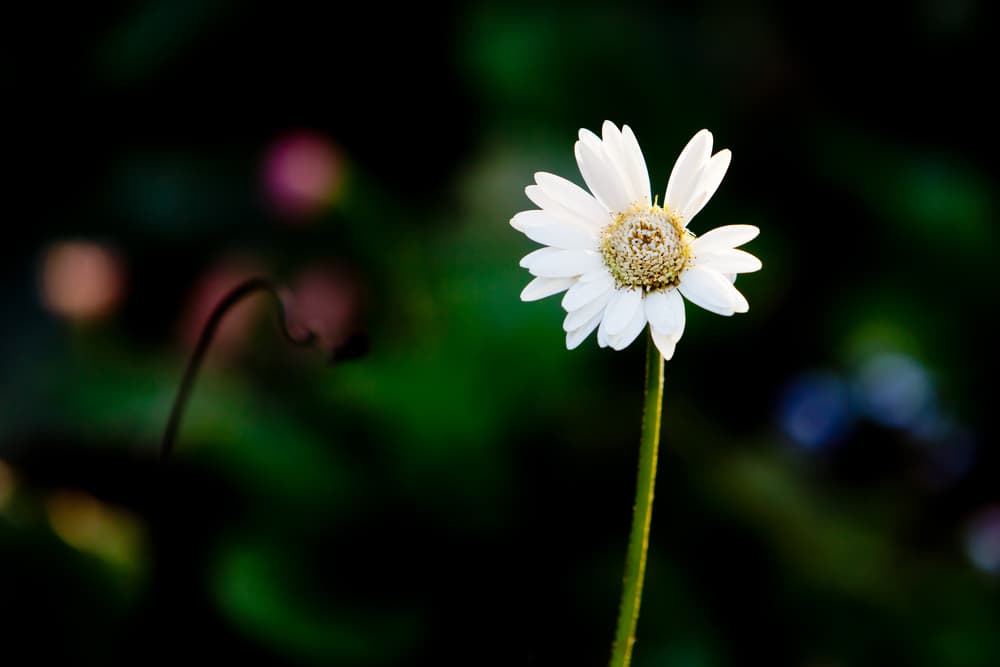
‘White’ or ‘Amgerbwhi‘ which has snowy white rays which are pink-tinged underneath.
‘Pink’ or ‘Amgerbpink‘ with rich pink to magenta-pink rays.
‘Carmine’ or ‘Amgerbcar‘ that has flowers in proper carmine – a rich, deep red.
All have a yellow or orangeish central disk.
2) G. jamesonii ‘Festival’
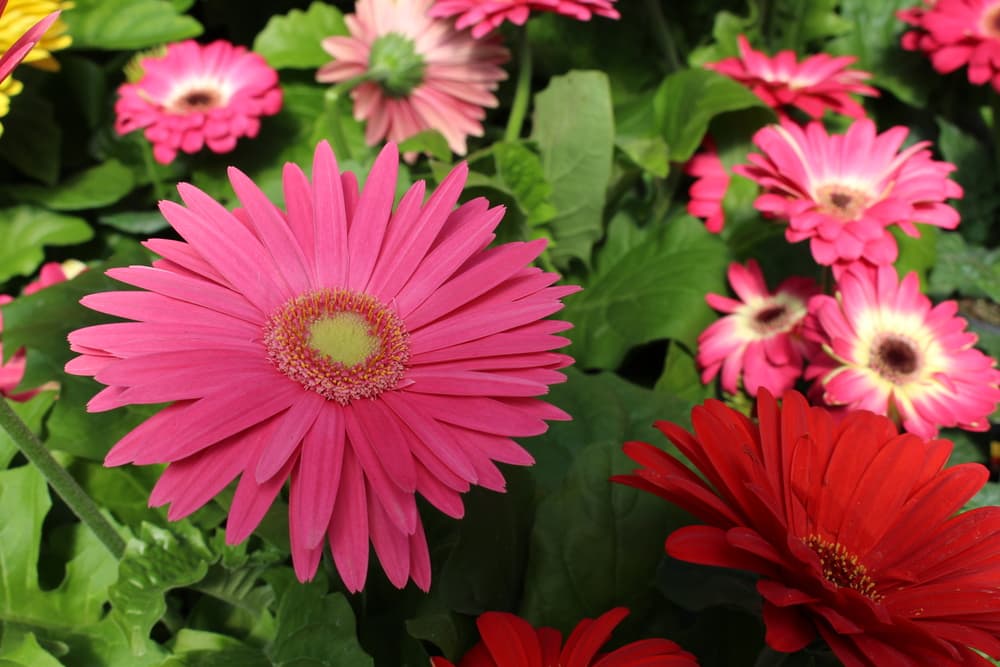
This was developed by Odense’s Daehnfeldt Seed and commercialised by Japan’s Sakata.
This series’s plants produce semi-double flowers.
They flower profusely from spring to early autumn but only for one season.
On the other hand they are also floriferous and the blooms are on the large side.
Many members have a contrasty black or chocolate eye.
These compact plants reach heights of only 25-35cm and are especially suited for containers and as they are very tender at only H2 these greenhouse varieties can be treated as houseplants by the hobbyist gardener.
‘Golden Yellow’ is a deep, sunny yellow with a black eye.
‘Apricot’ is a middle orange of a rich hue with a chocolate eye.
‘Neon Rose’ is pink-red with a psychedelic neon tone.
3) G. ‘Garden Jewels’
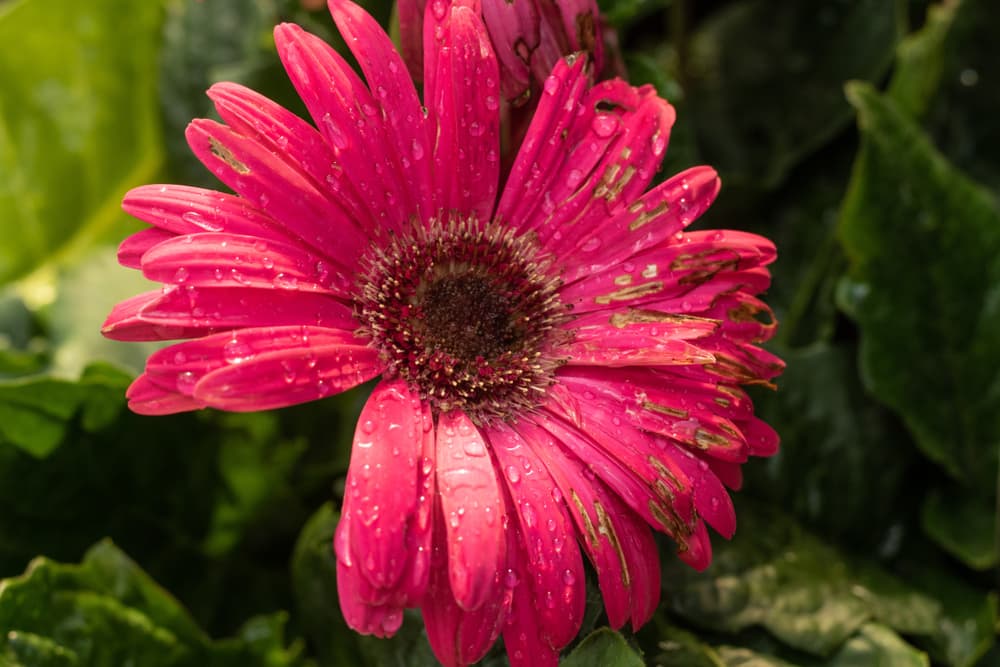
A relatively new series of fully double flowers developed in the United States and offers the hardiest varieties.
With a hardiness rating of H5 this is the Gerbera that can be planted outdoors virtually anywhere in the UK.
Plants of this series are floriferous, holding several flowers simultaneously, and bloom from spring to autumn.
They reach heights of 30-35cm.
‘Red’ has a yellow eye and pure, deep red petals.
‘Fuchsia’ is effectively a bi-colour as off a small dark centre is a ring of intense electric yellow with the rays an equally intense electric pink.

‘Frosted Hot Pink’ has rays of the hot pink colour of its name, with both the main rays and the smaller inner rays having broad white tips.
4) G. ‘Garvinea’
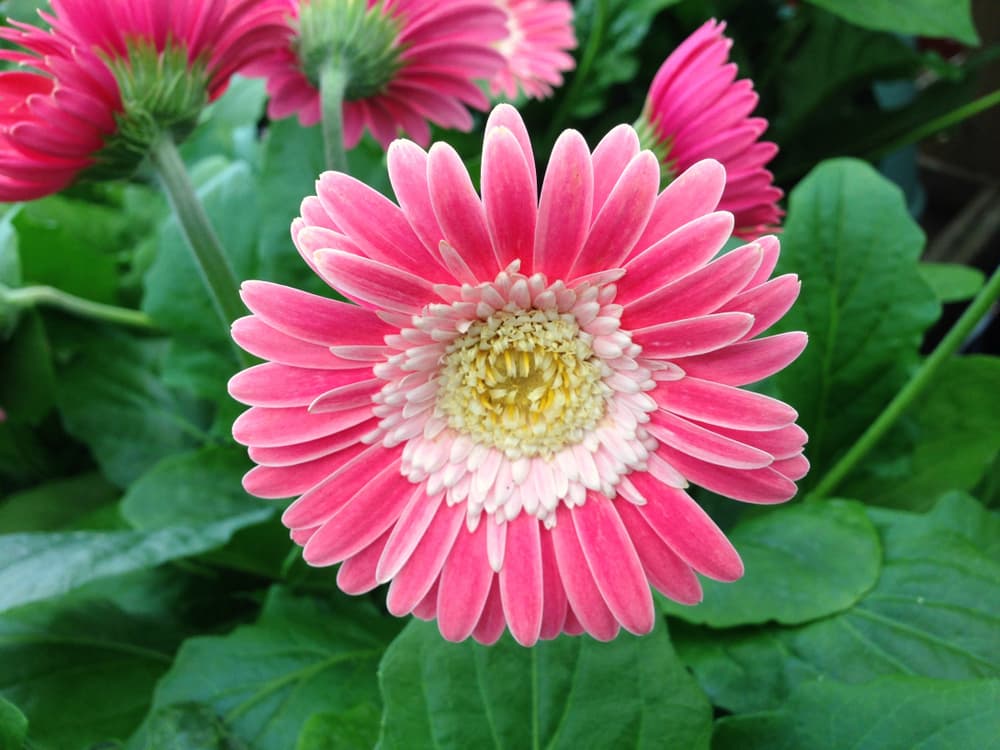
One of the well-established series and is among the most widely available in the United Kingdom.
Plants in this series are very tall, rising to 40-45cm.
Plants produce semi-double flowers which are among the smaller ones at 5-6 centimetres while the plants are among the most disease-free.
With a hardiness rating of H3 they used to be hardier than other series and other varieties but now have been superseded by genuinely hardy ones.
They are valued for their prolonged blooming season; they flower prolifically from early spring until the end of autumn and even beyond.
’Sylvana’ has a yellow disk and pure white rays.
‘Orangina’ has a yellow-orange eye from which radiate rays of a similar or even the same rich yellow-orange hue.
‘Fleurie’ has an orange-red disk and rays of an exciting deep red to crimson shade.
5) G. ‘Garvinea Sweet’
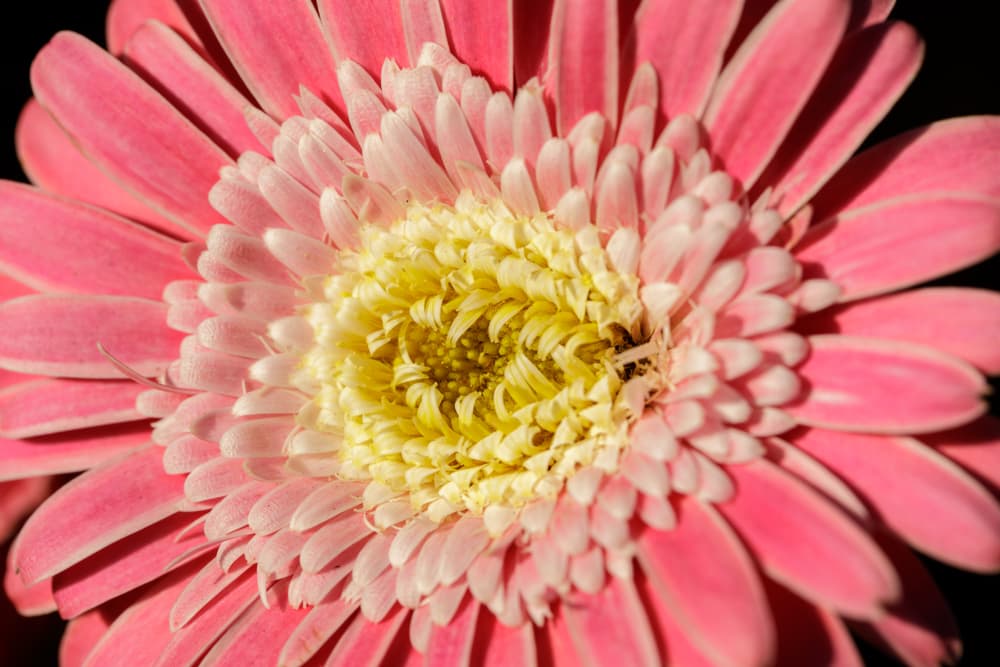
May be considered the ‘improved’ iteration of the ‘Garvinea’ Series.
It is similar to the Garvinea series but with a couple of small but significant differences.
For Gerberas, this series’s plants are very hardy with some cultivars hardy to H4, and the flowers are usually a little bigger (than ‘Garvinea’) at 7-8cm across.
‘Sweet Memories’ is technically a bi-colour – it has a greenish-yellow eye and while the main layers of rays are soft pink, the smaller inner rays are white producing the effect of a white ring.
‘Sweet Glow’ has a greenish-yellow eye and petals of a solid, intense orange-vermilion colour.
‘Sweet Dreams’ has disks of yellow turning orange and rays of a saturated neon’ish pink.
6) G. ‘Jaguar’
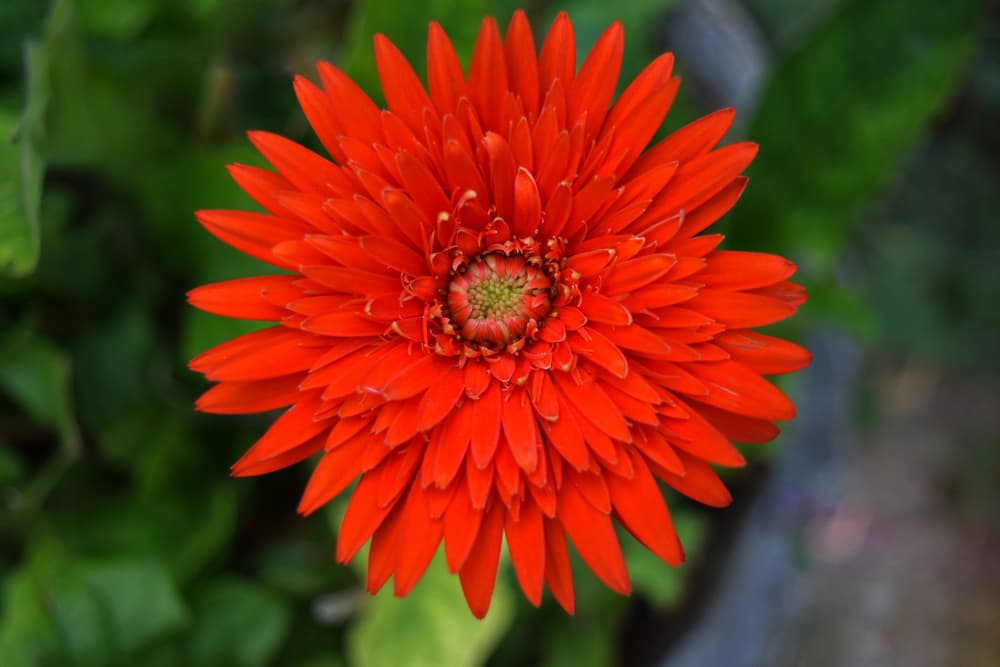
Was specially developed for two features: early blooming and uniformity (that is in bloom size and blooming period across the colours).
In the right conditions, these plants will start blooming from early spring and continue into autumn.
At 25-30cm tall, they are mid-height varieties suitable for growing in the garden as well as in containers.
They have comparatively a proportionally smaller spread at only about 18cm.
Plants hold 4-5 flowers at the same time; these are semi-doubles about 9cm wide.
They are classified as annuals but are good for Zone H2 so these perennials will be fine if overwintered indoors.
Seed packets are sold as mixes and include pastel and bright shades in yellows, oranges, pinks, and reds, plus white.
7) G. ‘Landscape’
Developed to be grown by home gardeners in large containers specifically for the purpose of getting florist-grade cut flowers from your patio that will last for up to two weeks in a vase.
This series’s plants are propagated only via tissue culture.
Plants are quite tall, reaching heights of about 45 centimetres.
For the named cultivars (i.e. not the ‘Glorious’ sub-range) the blooming season is comparatively short, running from only July to October.
The flip side is that they bear even 10 flowers simultaneously, and they are stunners, being full doubles that are 12 centimetres across.
They are among the most tender of Gerberas, good only to Zone H2.
‘Yellowstone’ has a dark eye and rays of light but bright yellow with the smaller, inner rays providing an amber-golden accent.
‘Redwood’ has a dark eye and very saturated deep orange rays with all of them just tipped with yellow.
‘Everglades’ – a bi-colour, has the smaller, inner rays in an intense magenta pink hue and the larger, outer ones in soft, pastel pink.
8) G. ‘Revolution’
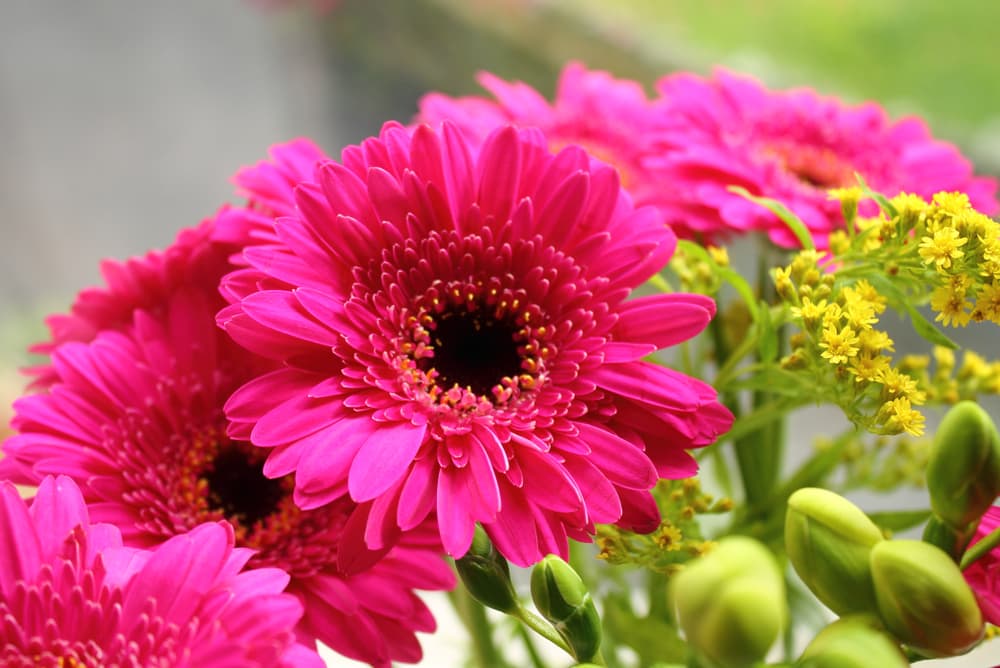
Developed to be a pot-grown series of plants, bred for uniformity of bloom time across the range, and for producing florist-class flowers.
These dwarf plants grow to only 15-20cm though comparatively, they are proportionately wider at 25-30cm.
They are meant for 5-inch pots.
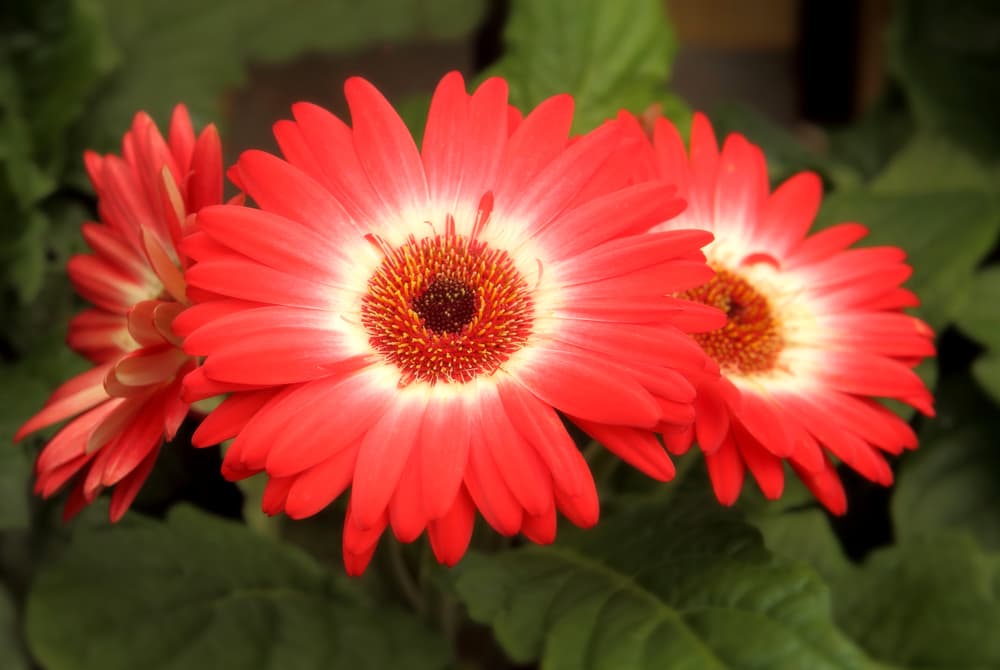
However, for dwarf plants, they produce seriously large semi-double flowers measuring 7-10cm.
They bloom from early spring into autumn.
At a hardiness rating of H3 this series’s plants are considered half-hardy.
‘Revolution’ comprises over 15 named cultivars.

‘Bicolor Red Lemon’ has a chocolate centre with the rays being a sparkling lemon yellow at the medial ends, producing the effect of a yellow ring, and rose-red outside.
‘Red with Light Eye’ has a yellow centre and near-red petals of a magnetic vermilion-red.
‘Orange with Light Eye’ has a yellow centre with rays of an intense, saturated orange hue.
9) G. ‘Mega Revolution’

Revolution’s big brother and this series is also meant for pot growing.
Its plants have the same characteristics as those of ‘Revolution’ with a few differences.
They are a little taller at 15-25cm and correspondingly wider, though they are not considered large plants for Gerberas.
It is their semi-double blooms at 12cm that are truly huge, and range from 12-15cm.
‘White with Light Eye’ has a greenish-yellow eye and pure white rays.
‘Orange with Light Eye’ is a middle shade of orange yet is amazingly brilliant and saturated.
‘Deep Rose with Light Eye’ is a most unusual and striking colour that can be described only as fuchsia-magenta-rose-red.
10) G. Sakata’s Series
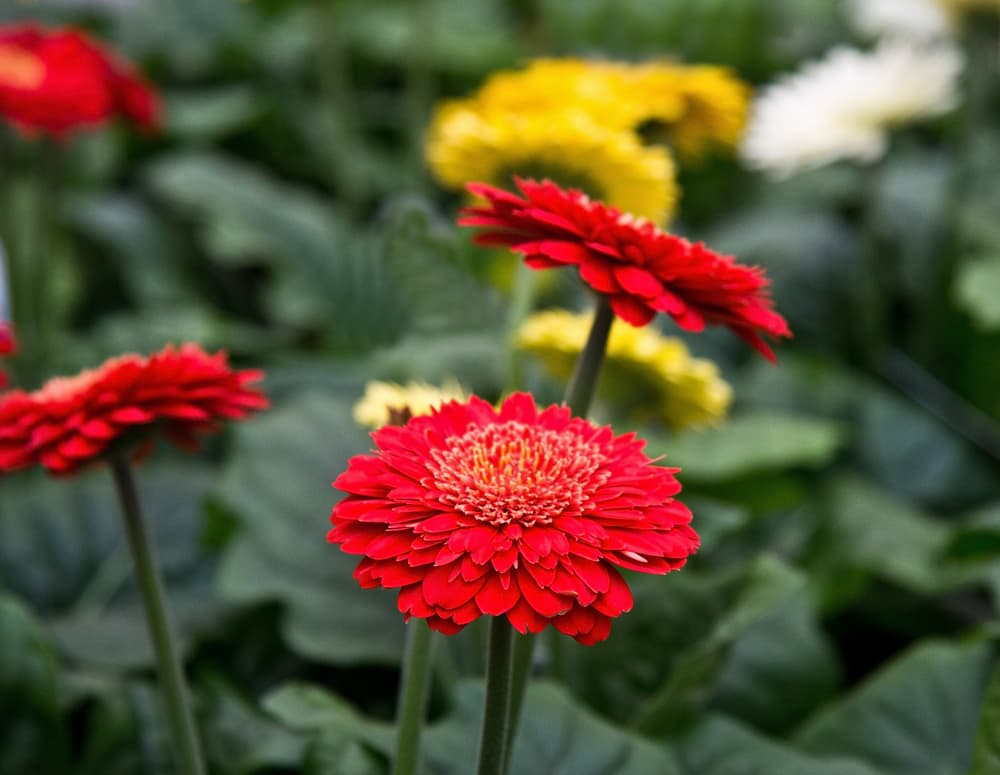
Back in the 1970s Sakata of Yokohama had developed and marketed the very first dwarf Gerbera series specifically for pot- and container-growing, the now-discontinued ‘Happipot’.
Since then they have developed several other series of which the current ones are ‘Majorette’, ‘Durora’, ‘Festival’ and ‘Festival Mini’.
All are meant for pots and containers.
Each has its own particular strength, such as large blooms and profuse blooming for ‘Festival,’ early blooming and uniformity for ‘Majorette’, and full double flowers and long vase life for ‘Durora’.
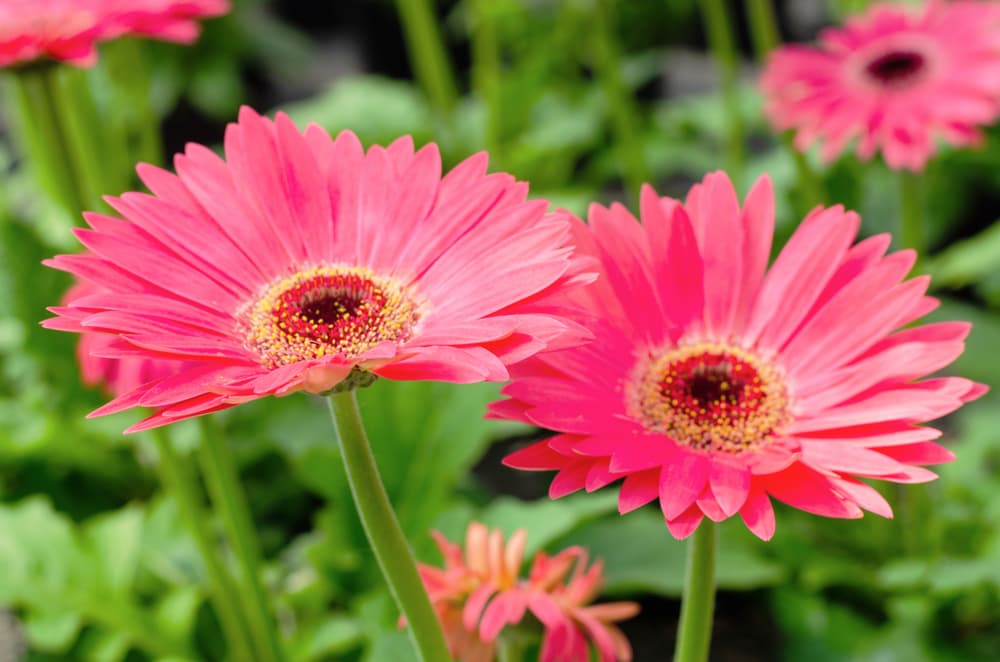
‘Festival Mini’ is quite unique because this series has miniature plants – ‘super-dwarfs’ – meant for 3.5-inch pots.
They are a mere 15-20cm with corresponding miniature blooms in different shades of yellow, pink, orange, and red.
They are classified as annuals.
References
- 1Gerbera. (n.d.-b). Kew Royal Botanic Gardens. Retrieved March 16, 2023, from https://powo.science.kew.org/taxon/urn:lsid:ipni.org:names:331624-2

